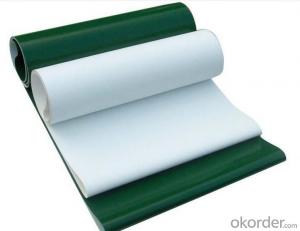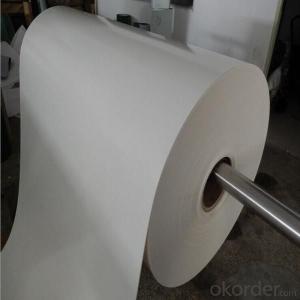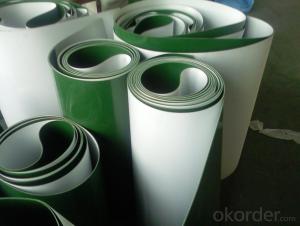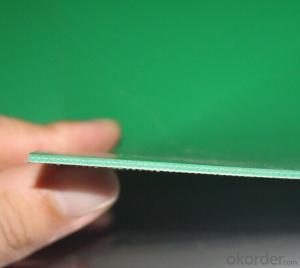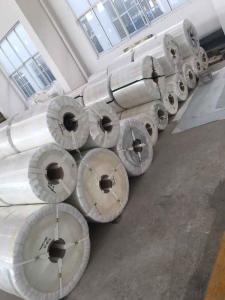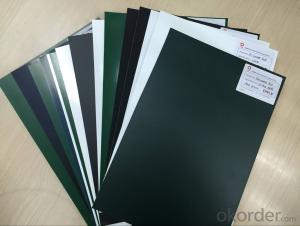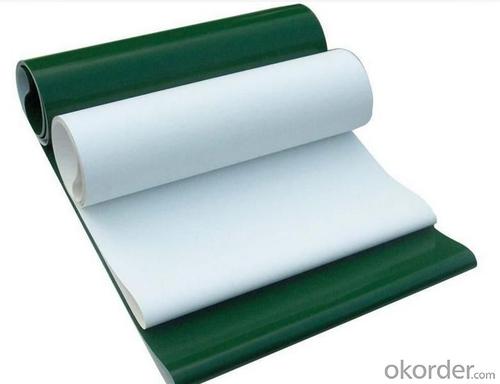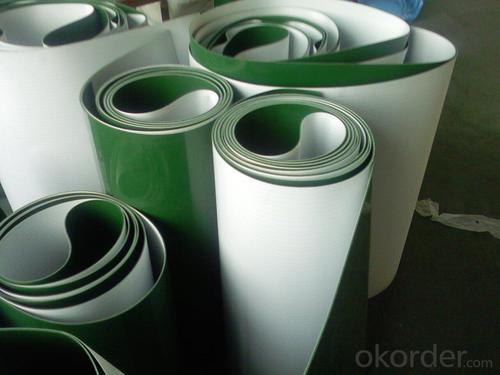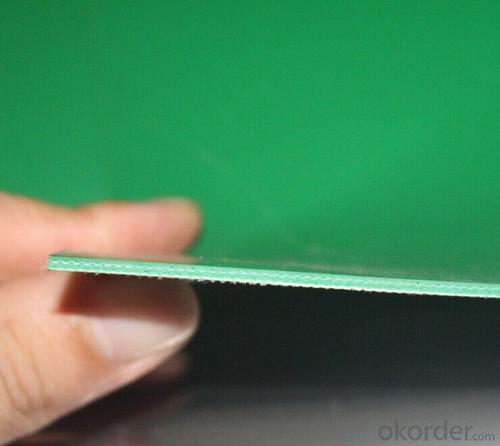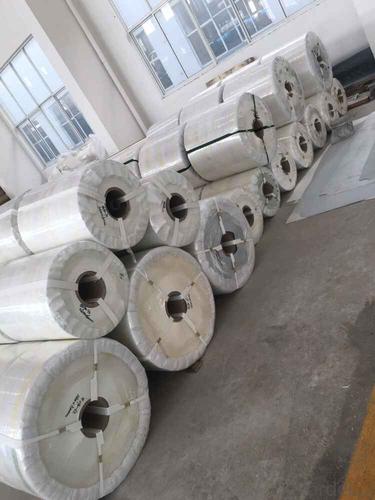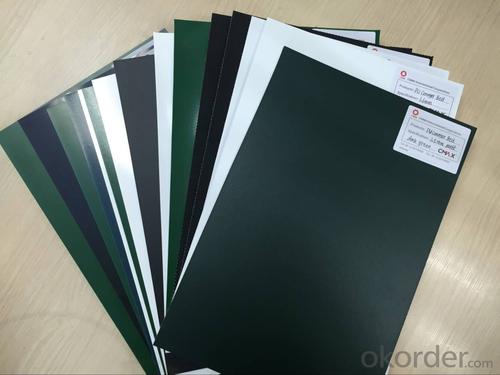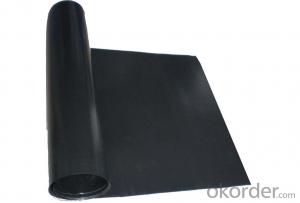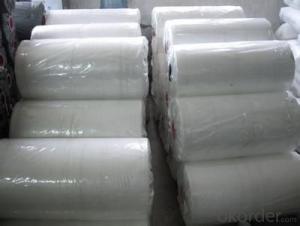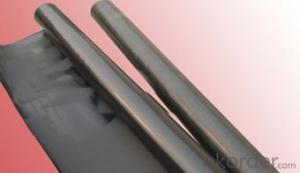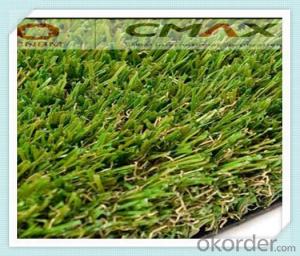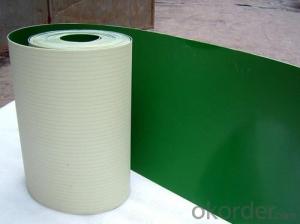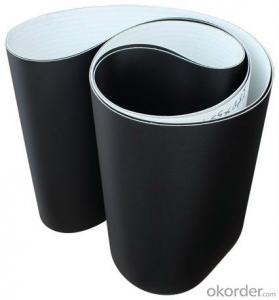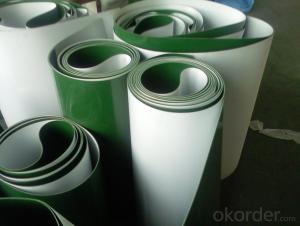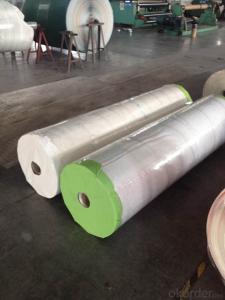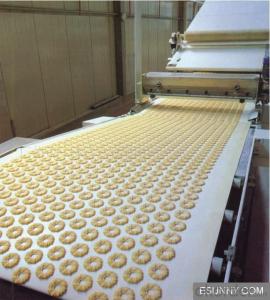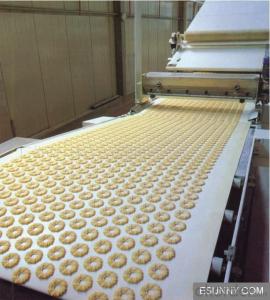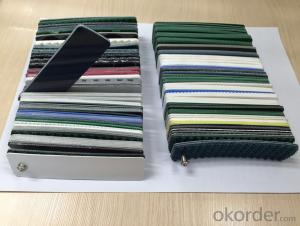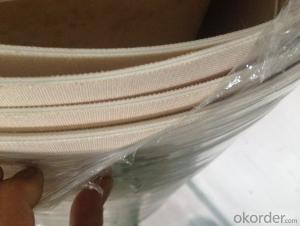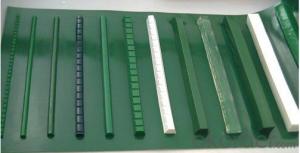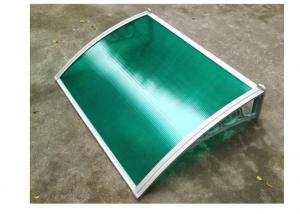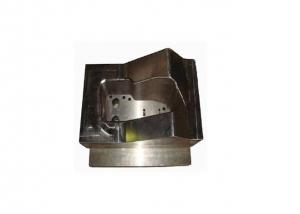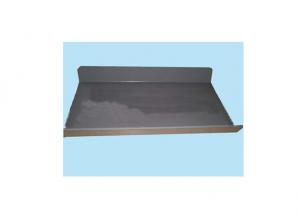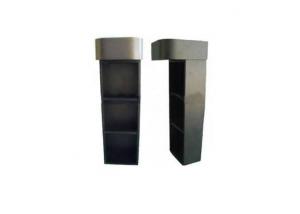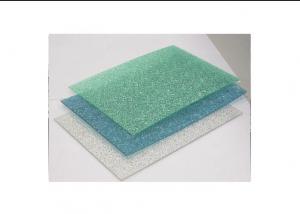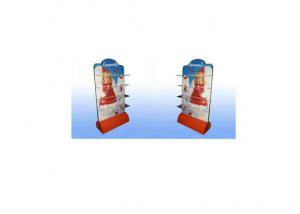Light Duty PVC/PU Conveyor Belt For food Processing Industry
- Loading Port:
- China main port
- Payment Terms:
- TT OR LC
- Min Order Qty:
- 10 m²
- Supply Capability:
- 500000 m²/month
OKorder Service Pledge
OKorder Financial Service
You Might Also Like
Light Duty PVC/PU Conveyor Belt For food Processing Industry
PVC conveyor belt
The products consists of solid woven fabric dipped in PVC
paste and adding PVC cover which are combined together
by vulcanizing.The belt is much suitable to service in the
conditions needing fire resistant and anti-static properties
as coal mines,power stations,chemical and metallurgy industries.
Specifications: one ply fabric-one ply PVC, two ply fabric-two ply PVC, three ply fabric-three ply PVC, four ply fabric-four ply PVC
Material: PVC/PU
Tensile strength: 80-300N/mm
Temperature range: -10°C~+90°C
Applications: conveyance and production assembly lines in the areas of cigarettes, foodstuffs, electronics, pharmaceuticals, drinks and papermaking
Specifications
It is widely used in the assembly lines in the areas of food processing, pharmaceutical, electronics, cigarette, printing
Product features: hard wearing, good tensile strength, long service life.
Product specification: One fabric- One rubberized, Two fabric- Two rubberized, Three fabric- three rubberized
Forms of joints: tooth-shaped, stepped&angled, or metal buckle
The main types and technical index
High strength, light weight, non-toxic, anti-oil& anti-corrosion and small elongation,etc.
Product Features:
High strength, light weight, non-toxic, anti-oil & anti-corrosion and small elongation,etc. Kobond can make according to the requirement.
1)Low stretch;
2)Low maintenance;
3.Anti-static;
4)Flexible;
5.Lightweight;
6)Impervious to moisture,acids,oils,gases,sunlight;
7)Excellent fastener holding;
8)Excellent resistance to tearing,peeling and impact;
9)Endless belt splicing;
10)Special wear resistant edge design;
Specifications:
1. Thickness: 0.5mm to 5mm
2. Maxwidith: 4M
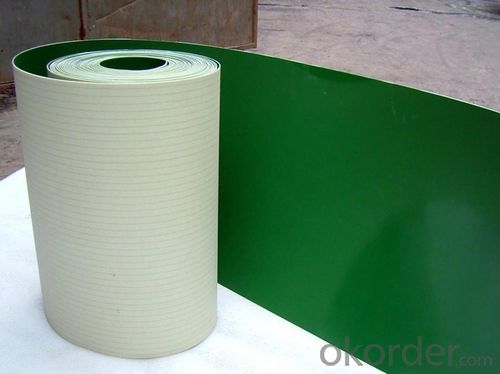
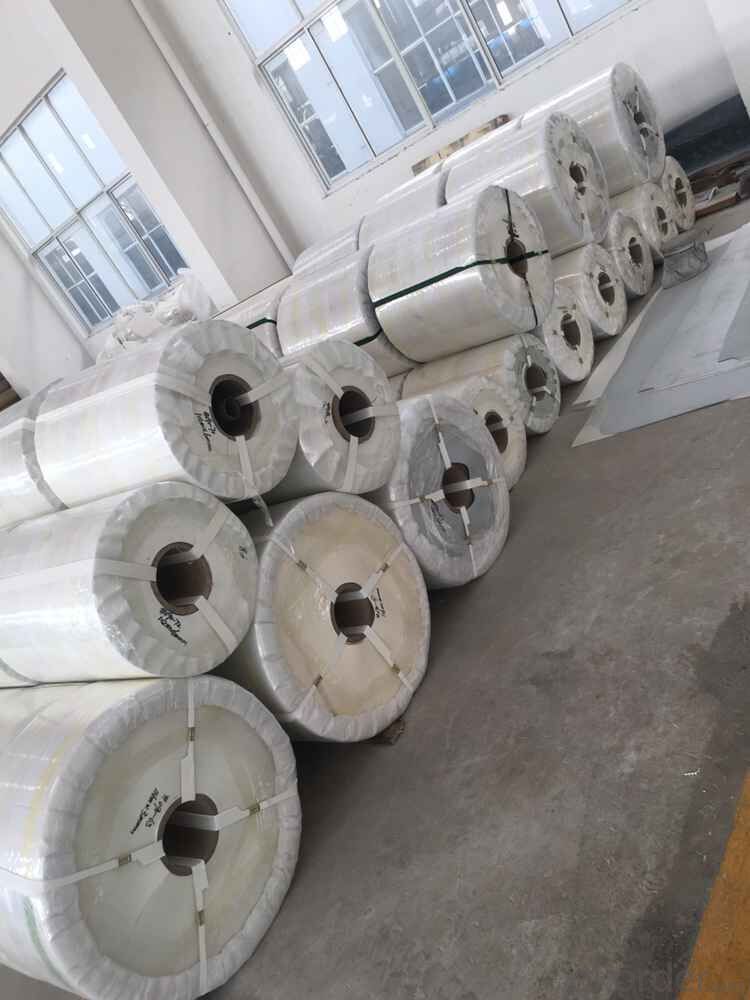
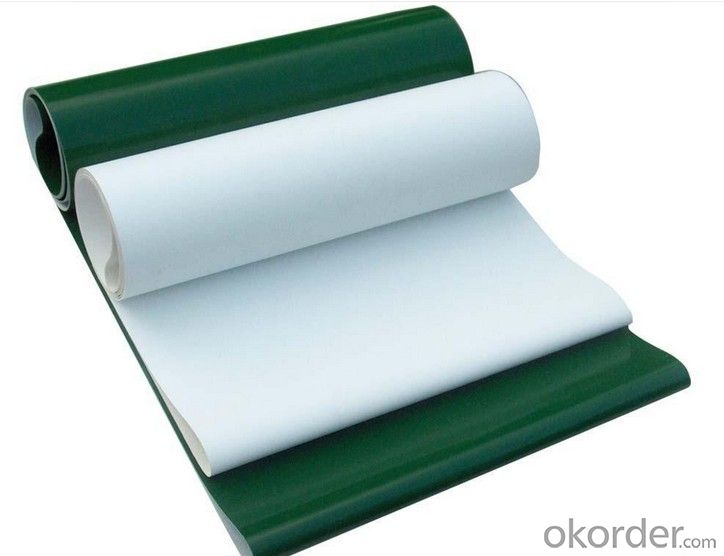
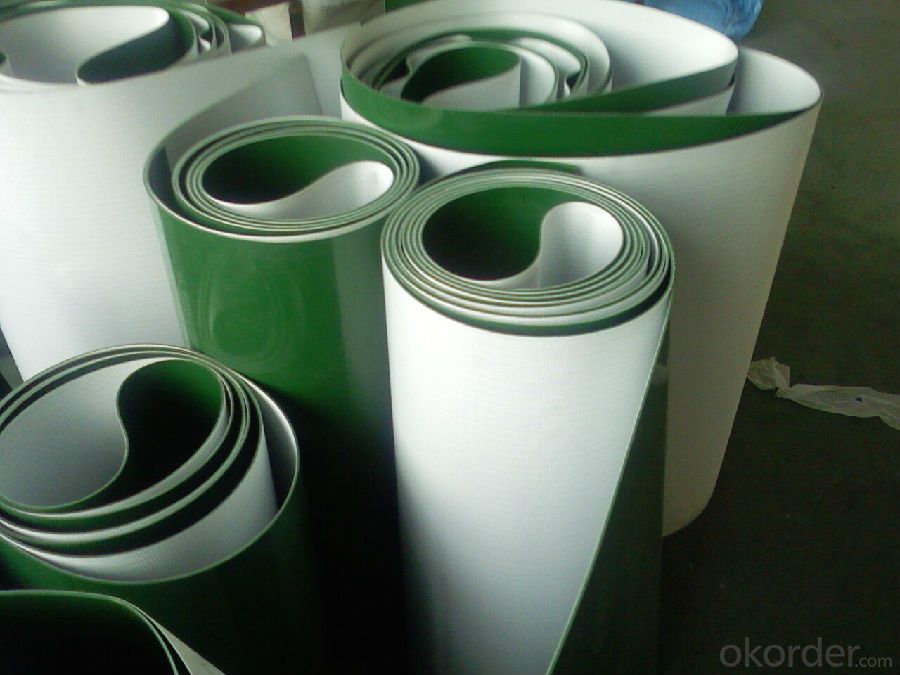
Please contact us freely if you need any conveyor belt.
- Q: Are olive nets resistant to UV damage?
- Yes, olive nets are generally resistant to UV damage. They are designed to withstand prolonged exposure to sunlight and are made from materials that have UV stabilizers to prevent degradation from UV rays.
- Q: What are the advantages and disadvantages of plastic packaging materials?
- First of all, we must say that the biggest feature of plastic packaging materials is light quality and good mechanical properties. For many goods which require long-distance transportation, it can reduce the weight of transportation and facilitate transportation. This is incomparable to glass and metal materials.
- Q: What is the material of plastic bottles? Will plasticizers be produced?
- The stability of PET is determined by the degree of polymerization of the material. Generally, when the temperature is less than 120 degrees centigrade, the PET material is very safe. In addition to PET, plastics often used in daily use, such as PP and PE, do not add plasticizers. The addition of plasticizer in the making of PVC, PVC as the raw material for the production of some film, plastic film, children's toys, disposable gloves and other products, plastic additives products should be more strict selection of production enterprises, shall comply with the provisions of the relevant EU and national products of environmentally friendly plastics.
- Q: How do olive nets prevent olives from falling prematurely?
- Olive nets prevent olives from falling prematurely by creating a physical barrier between the olives and the ground. The nets are spread under the olive trees, catching the olives as they naturally detach from the branches due to ripening. This prevents the olives from hitting the ground and getting damaged or contaminated, ensuring their quality and allowing for a more efficient and controlled harvest.
- Q: Can olive nets be used for olive tree wind protection?
- Yes, olive nets can be used for olive tree wind protection. Olive nets are typically used to cover the olive trees and protect them from various external factors such as winds, pests, and birds. They provide a physical barrier that can reduce the impact of strong winds on the olive trees, preventing damage to the branches, leaves, or fruit. Additionally, these nets can also help in maintaining a stable microclimate around the trees, reducing the chances of water loss and maintaining optimum growing conditions.
- Q: Can olive nets be used in areas with limited space for tree expansion?
- Yes, olive nets can be used in areas with limited space for tree expansion. Olive nets are designed to protect the olives from birds and other pests, and they can be installed in small spaces like gardens, balconies, or rooftop terraces. They are flexible and can be adjusted to fit the available space, making them suitable for areas with limited room for tree growth.
- Q: Scope and characteristics of plastics No. 7
- Plastic No. 7 represents polycarbonate (PC), other plastic products. PC is a widely used material, especially for bottles and space cups, which is controversial because it contains bisphenol A. Experts point out that, in theory, as long as the process of making PC, bisphenol A percent into plastic structure, it means that the product is not bisphenol A, let alone release. However, if a small amount of bisphenol A is not converted into a plastic structure of PC, it may be released into the food or drink.
- Q: How does an olive net work?
- An olive net is a type of netting used in olive orchards to help with the harvesting process. It is typically laid out underneath the olive trees, and when the olives are ripe and ready to be harvested, the branches are gently shaken or mechanically agitated, causing the olives to fall onto the net. The net acts as a catchment system, preventing the olives from falling directly onto the ground and potentially getting damaged. Once the olives have been collected on the net, they can be easily gathered and transferred into containers for further processing.
- Q: Are there any safety precautions to consider when using olive nets?
- Yes, there are several safety precautions to consider when using olive nets. Firstly, it is important to ensure that the nets are securely fastened and properly tensioned to prevent any accidents or injuries. Additionally, it is crucial to wear appropriate personal protective equipment such as gloves and eye protection to shield against potential hazards. It is also recommended to inspect the nets regularly for any signs of damage or wear and tear, and to replace or repair them as needed. Lastly, it is essential to follow proper ladder safety practices when working at heights to avoid falls or other accidents.
- Q: Are there any specific guidelines for removing olive nets without damaging the trees?
- Yes, there are specific guidelines for removing olive nets without damaging the trees. Some recommended practices include: 1. Begin by removing any debris or branches that have accumulated on the net. 2. Slowly and carefully lift the net from the edges, ensuring that it doesn't catch on any branches or twigs. 3. Avoid pulling or tugging on the net aggressively, as this can cause damage to the olive tree. 4. If the net is tightly tangled around branches, carefully untangle it or cut it away using a pair of sharp scissors or pruning shears. 5. Take extra care while removing the net from around the trunk, as this is a sensitive area that can be easily damaged. 6. Once the net is completely removed, inspect the tree for any signs of damage or stress, and take appropriate measures if necessary, such as pruning or treating any wounds. By following these guidelines, olive nets can be safely removed without causing harm to the trees.
Send your message to us
Light Duty PVC/PU Conveyor Belt For food Processing Industry
- Loading Port:
- China main port
- Payment Terms:
- TT OR LC
- Min Order Qty:
- 10 m²
- Supply Capability:
- 500000 m²/month
OKorder Service Pledge
OKorder Financial Service
Similar products
Hot products
Hot Searches
Related keywords
